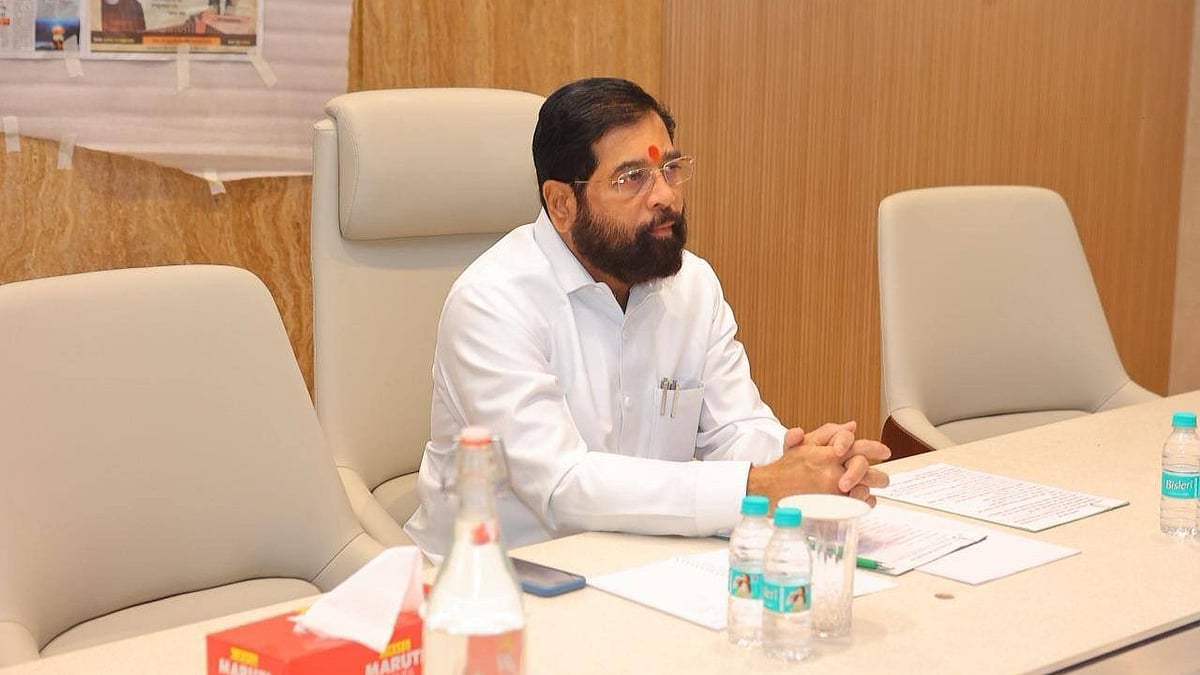Mumbai: Environmentalists have written to Chief Minister Eknath Shinde that despite the Coastal Regulation Zone (CRZ) curbs and the National Green Tribunal (NGT) ruling, the work on the seawall at Aksa Beach is fast nearing completion. The CM has, in turn, asked the Environment Department to look into the subject.
In the email to the CM, Green group NatConnect Foundation’s director BN Kumar has said, “It’s shocking that the Maharashtra Maritime Board (MMB) has taken up the brick-and-mortar construction of the seawall in the middle of the beach, even though the Maharashtra Coastal Zone Management Authority (MCZMA) has explicitly said that there should be no permanent construction.”
Massive wall in the middle of the beach
Environmentalist Zoru Bhathena said the CRZ clearance allows only landscaping, playground and recreation ground. He added, “MCZMA cleared the parapet wall and not a seawall, the NGO argued. Even the parapet wall obstruction to tidal flow is not allowed. But what is coming up is a massive wall in the middle of the beach.”
The solid construction work also violates the NGT order banning construction of sea walls or groynes along the coasts across all States and Union territories, NatConnect pointed out and drew the attention of the government to the NGT order, which also called for a shore management plan (SMP).
While government officials, in public, swear to be committed to protecting the coasts and environment, the ground reality looks quite contradictory.
Complaint filed with Mumbai Suburban District Collector
Bhathena has also complained to the Mumbai Suburban District Collector that the work is in violation of the permissions, which specifically prohibit any construction on the sandy beach.
In one of the NGT orders, it has been observed that these hard structures may prevent erosion at the said stretch temporarily but the adverse impact is felt upstream or downstream where erosion starts. Such hard measures only transfer the problem of shoreline change. A holistic study is required to be undertaken keeping in view appropriate scientific measures.
The alternative to it is replacing hard structures like seawalls and groynes with softer options such as beach nourishment, sand bypassing, dune planting and offshore submerged reefs, to name a few.
Nandakumar Pawar, the director of NGO Sagarshakti, said there should be onlynatural measures such as sand nourishment and plants to protect the coasts, rather than solid constructions that could lead to tidal water attacks in other areas as water is bound to find its course if its natural flow is interfered with.









